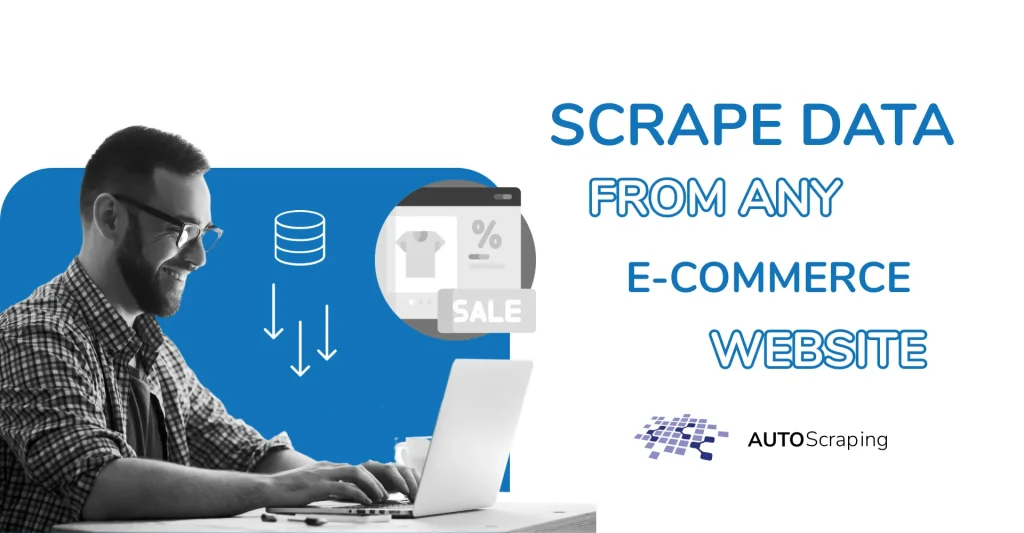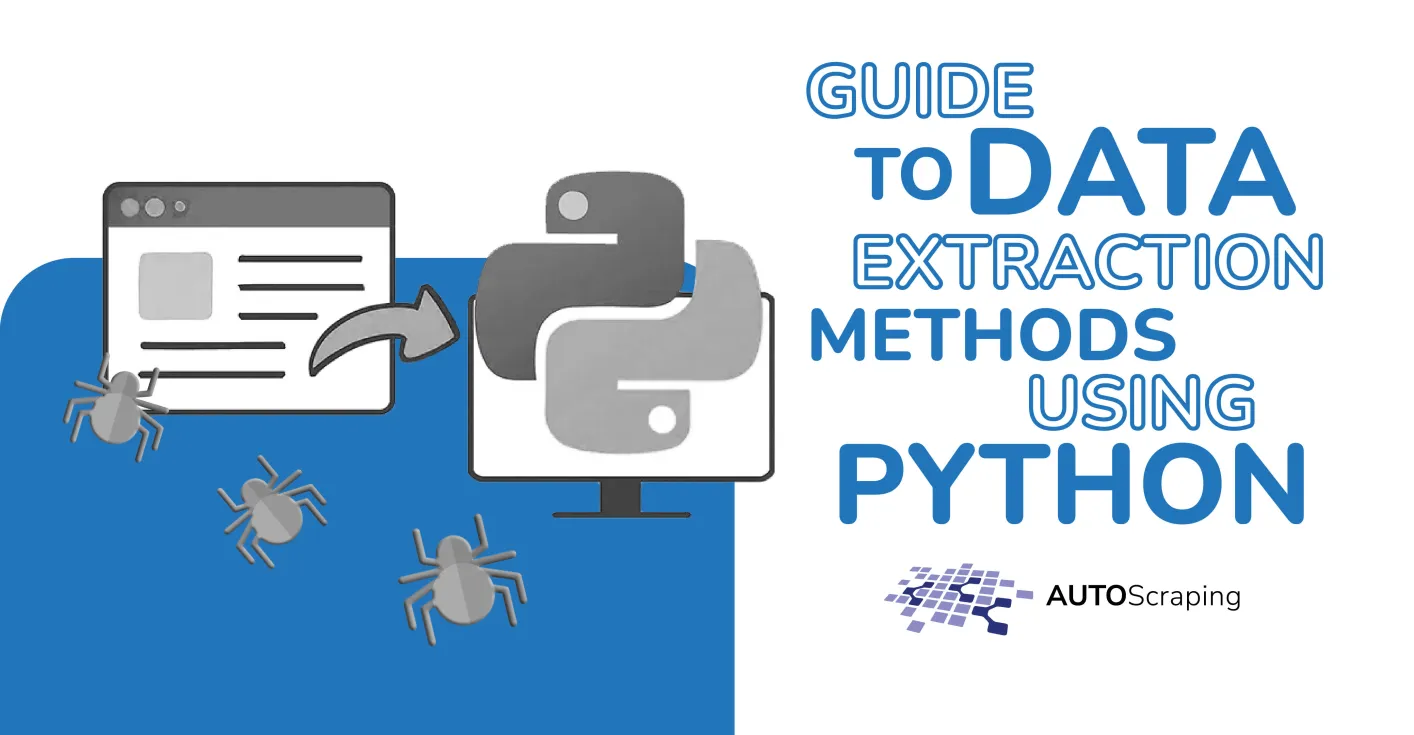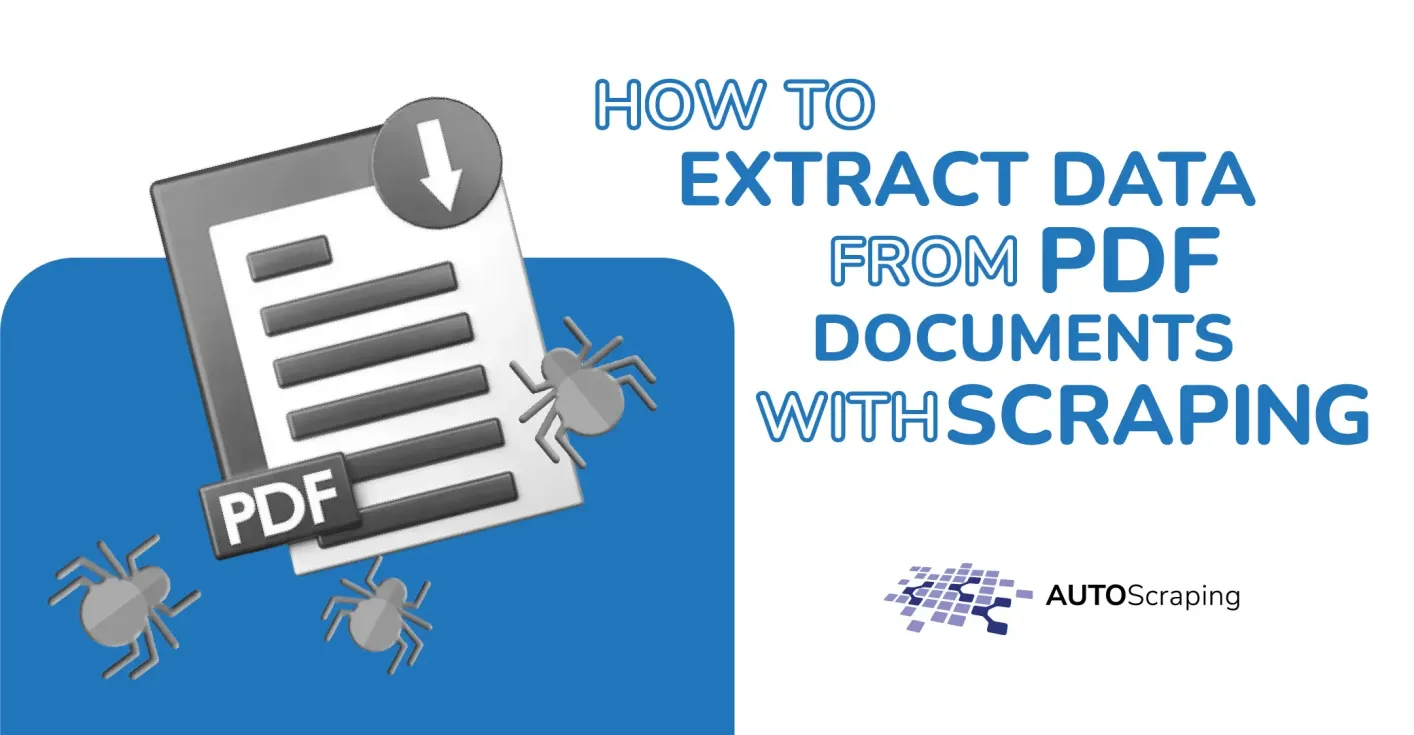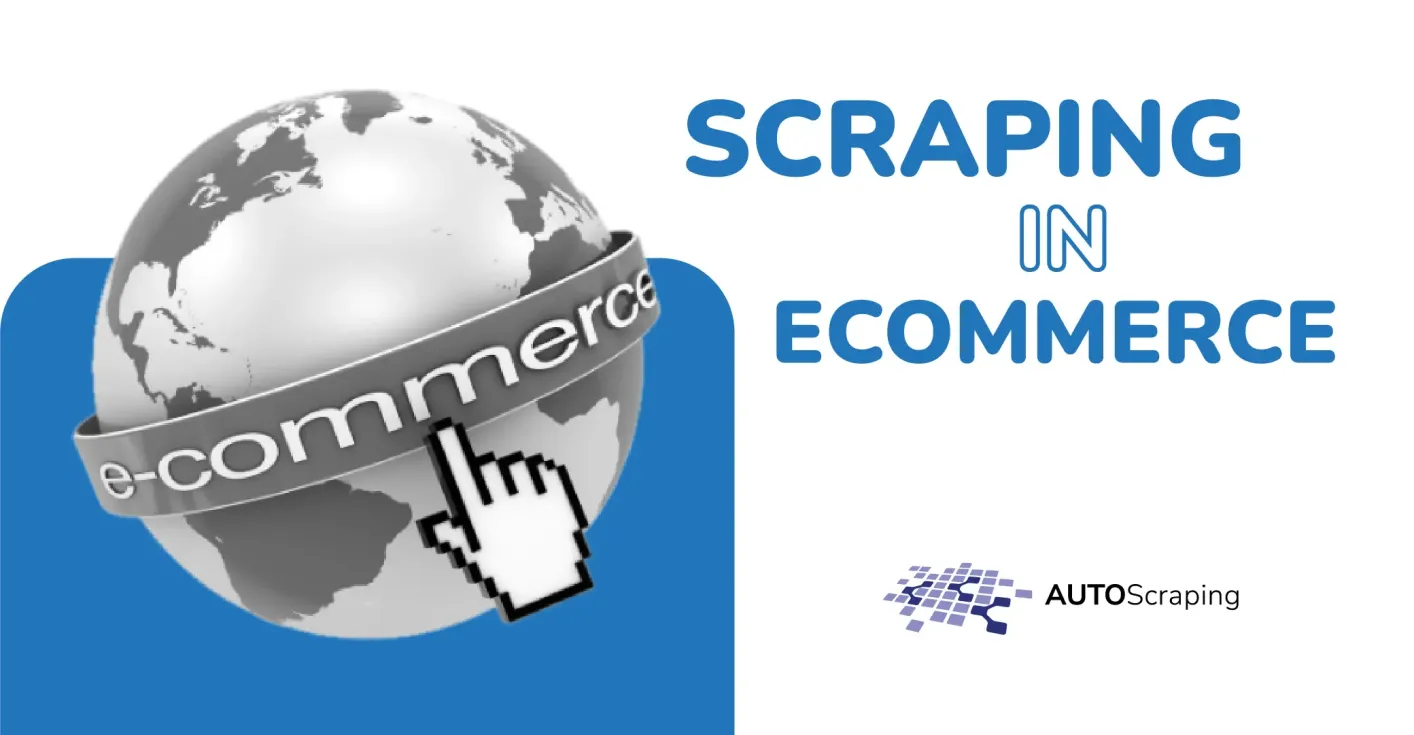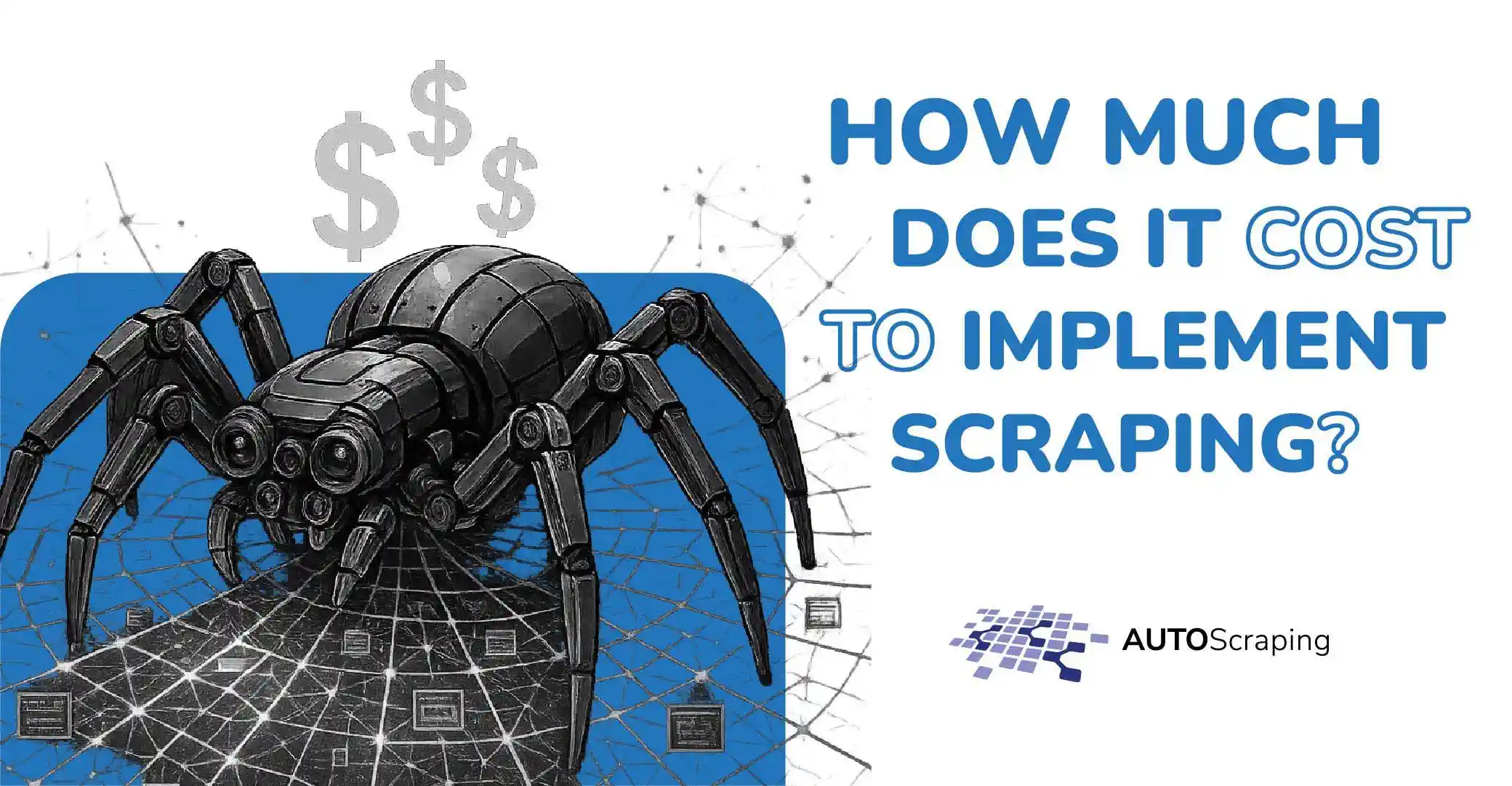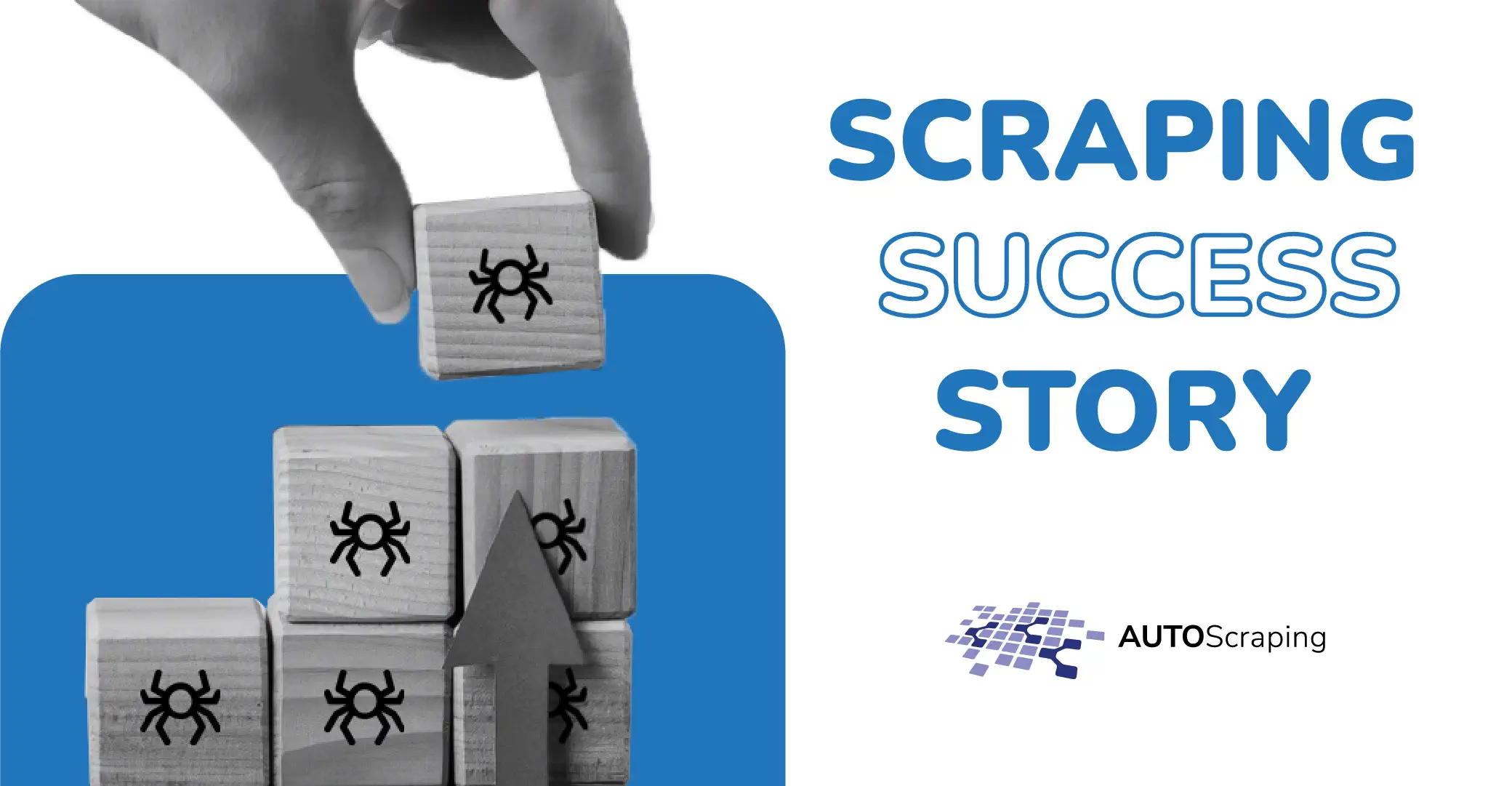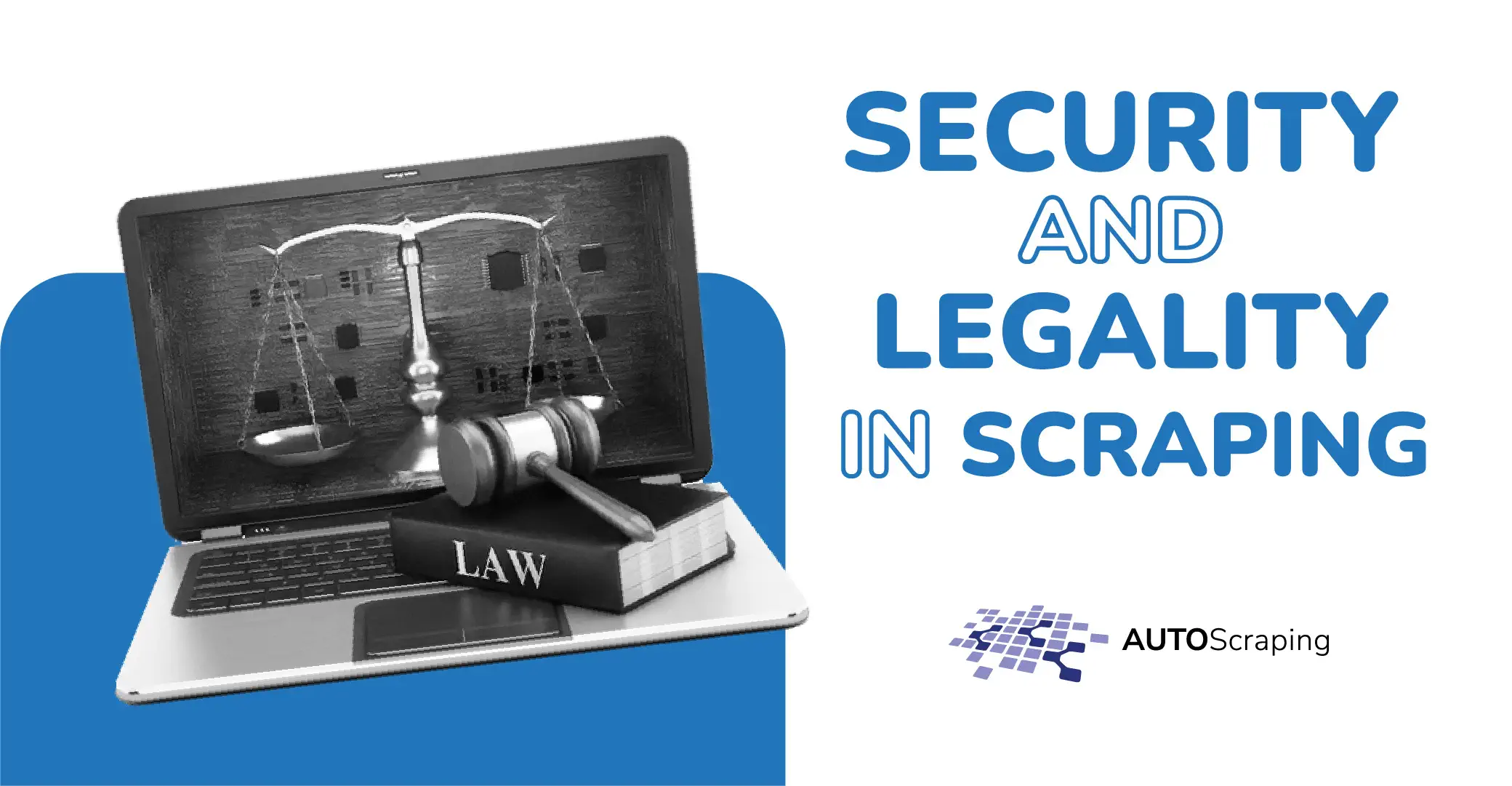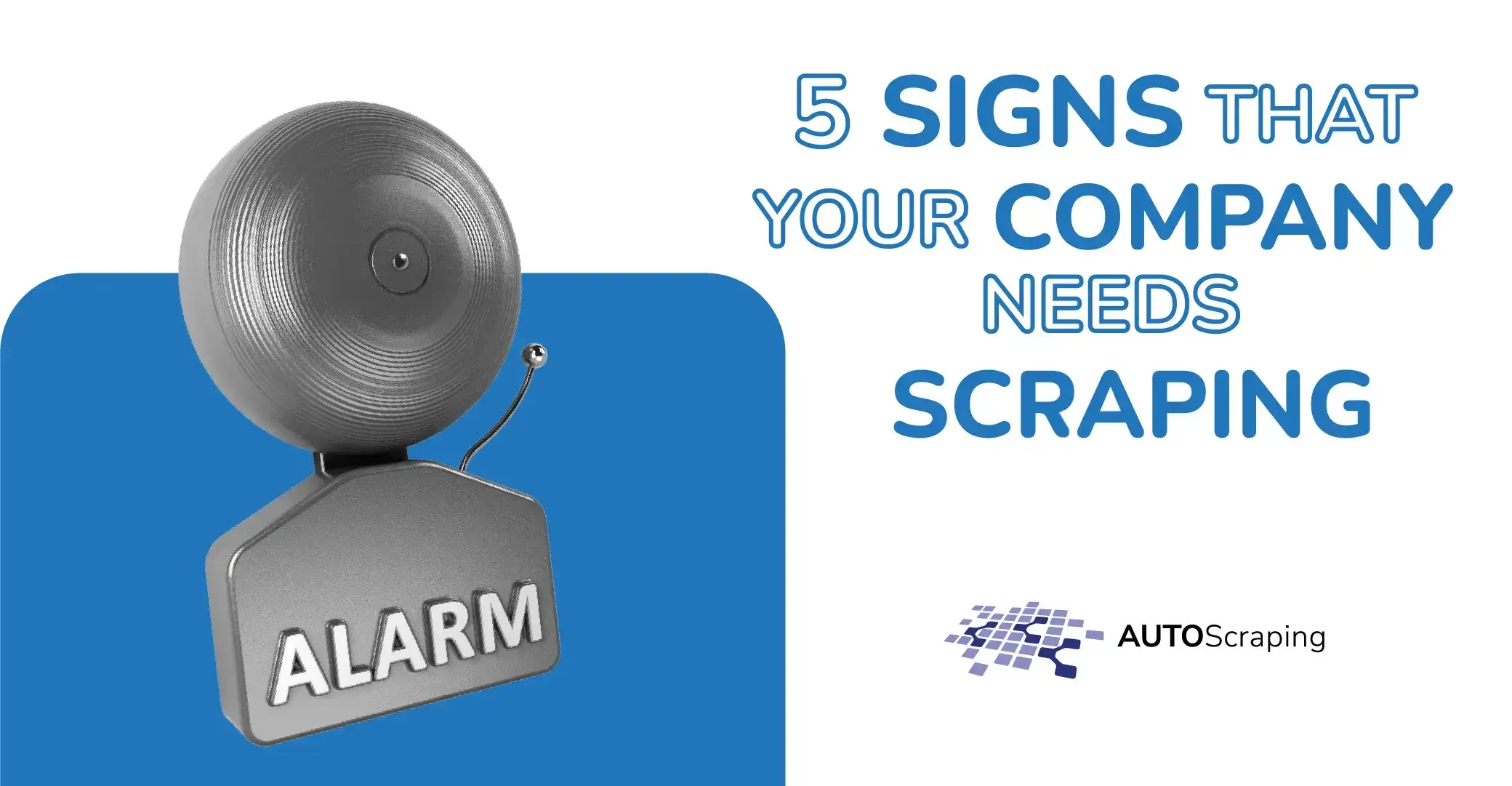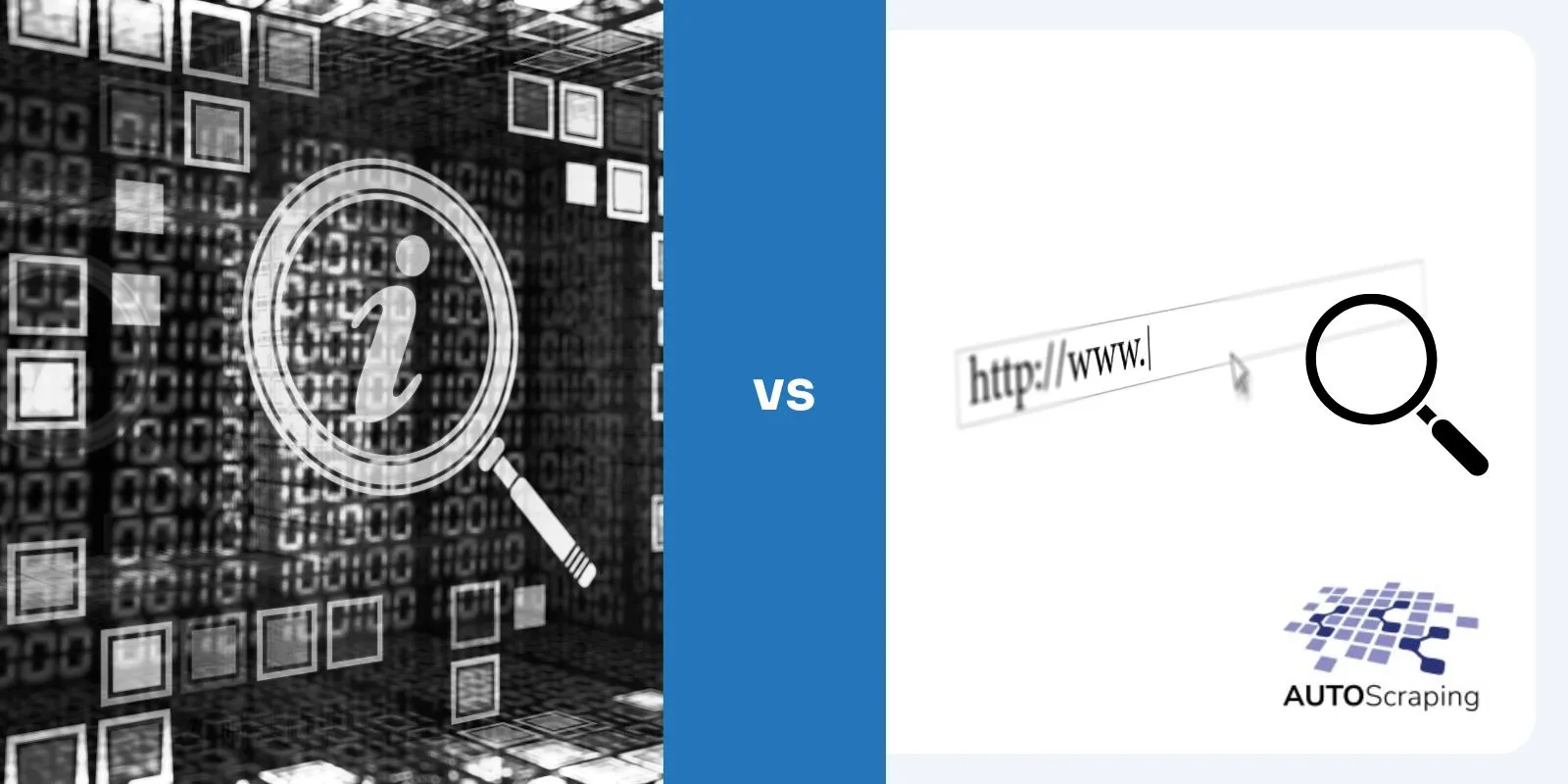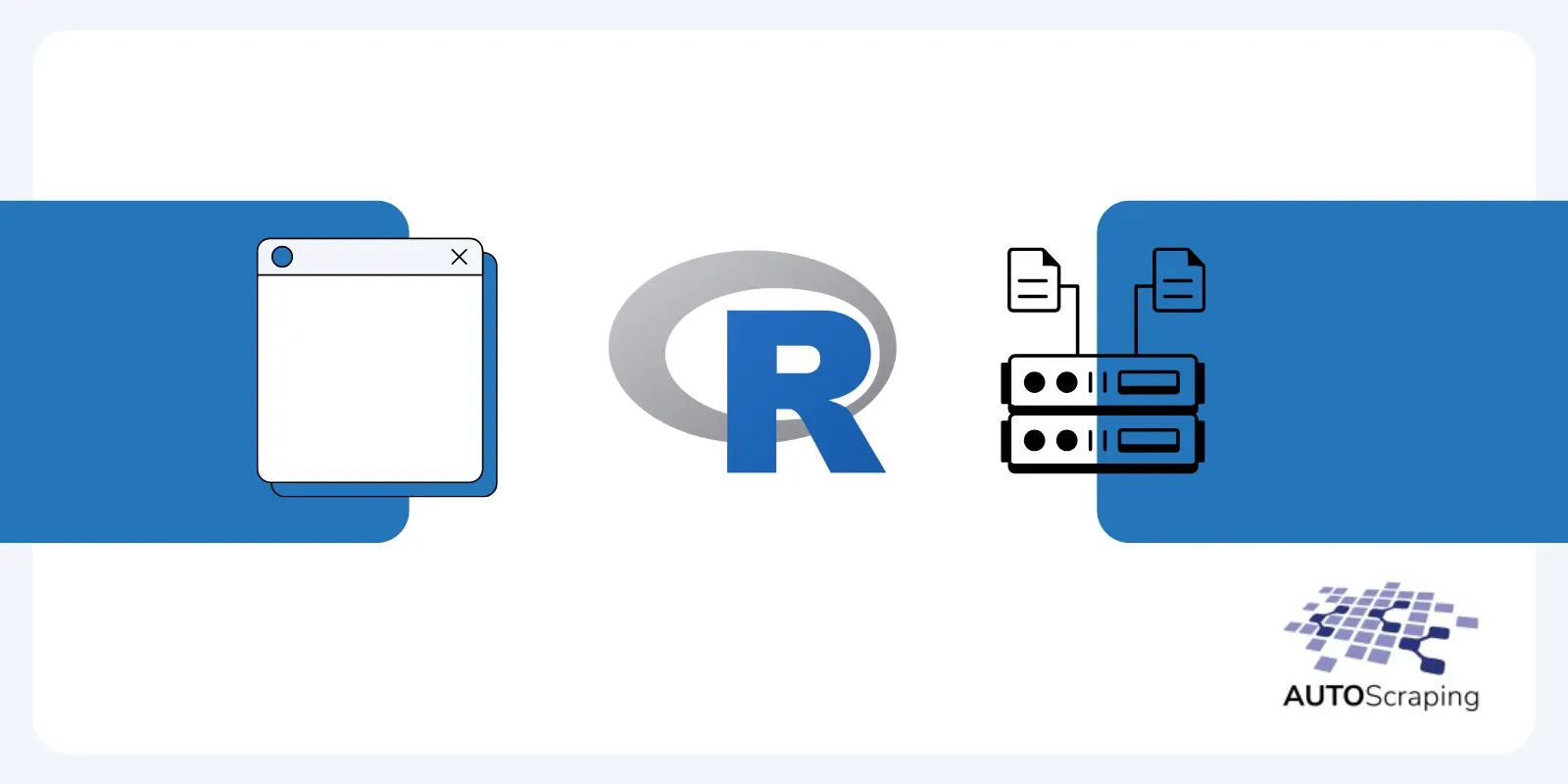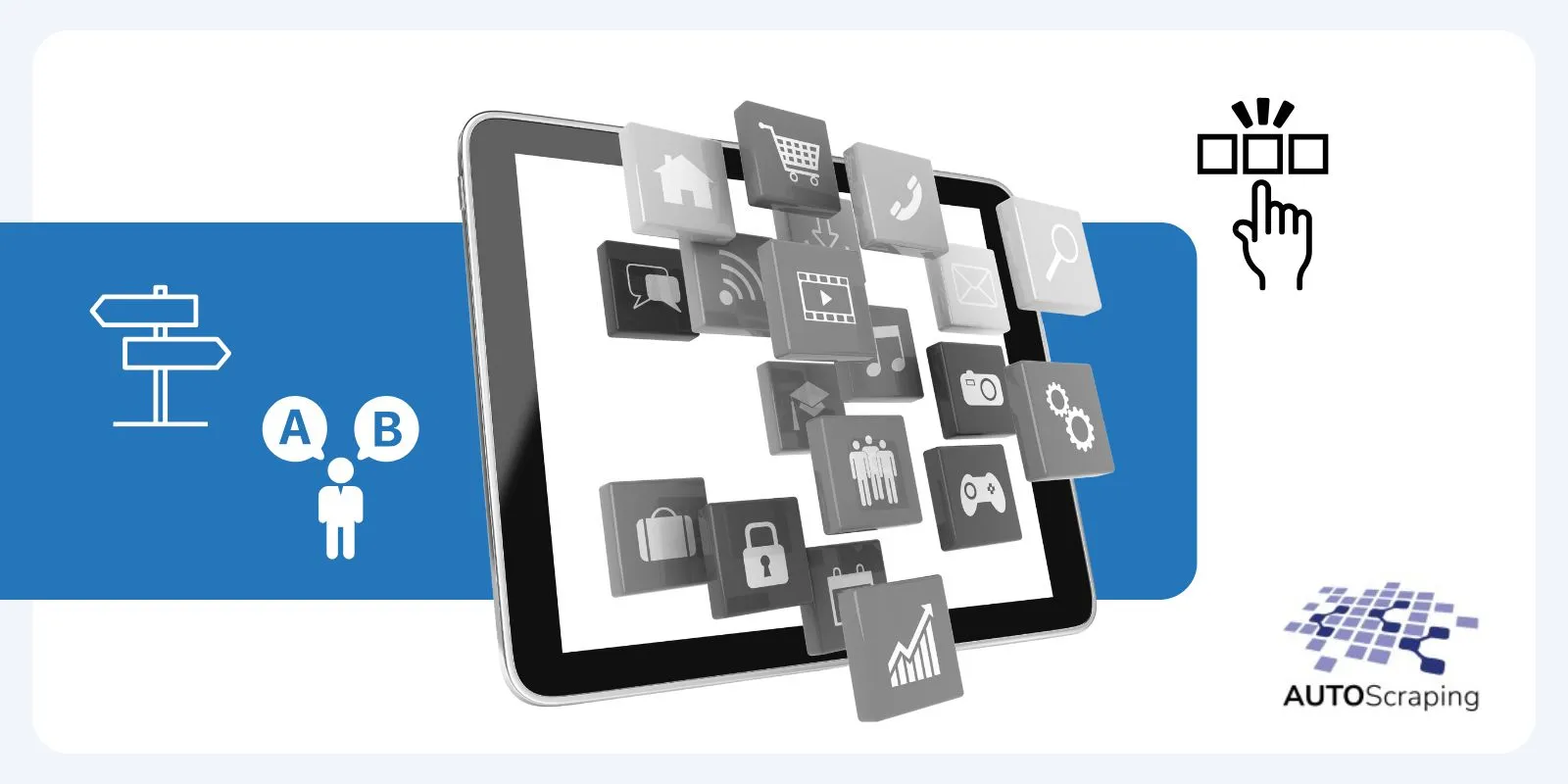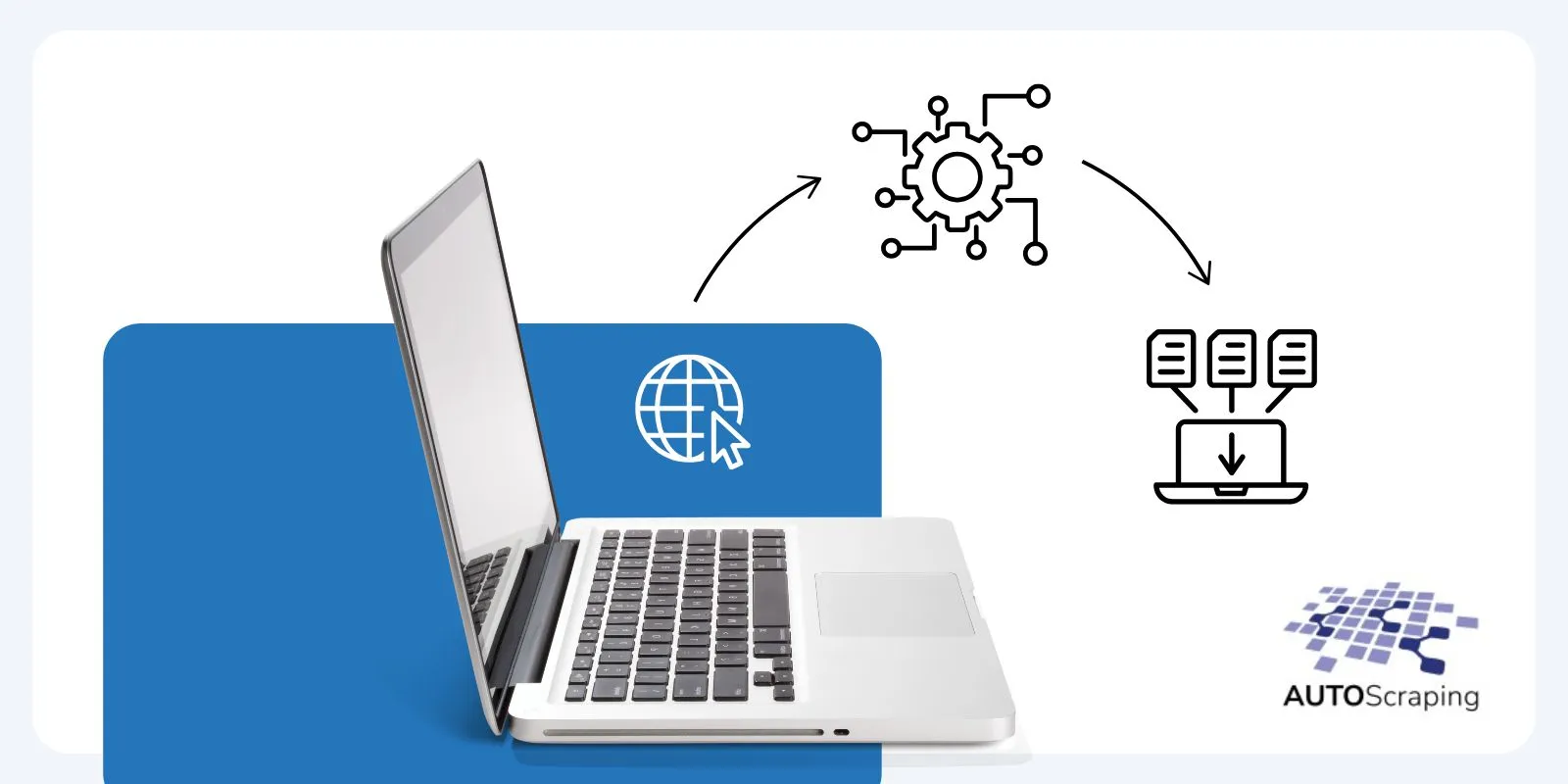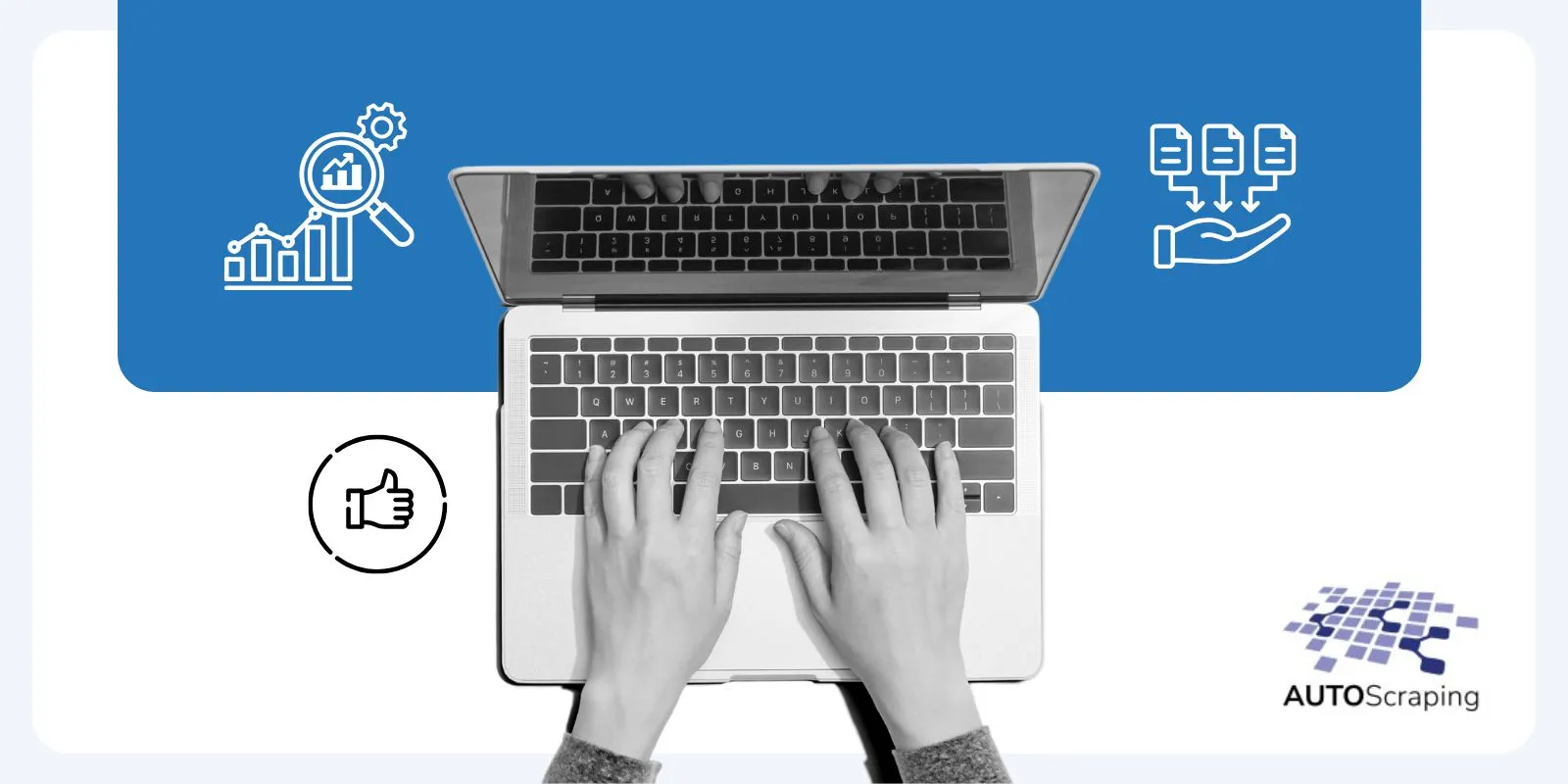Web scraping for boosting your e-commerce success
In the dynamic realm of e-commerce, data holds the key to success. Whether you’re an entrepreneur seeking a competitive edge or a data enthusiast hungry for insights, scraping data from e-commerce websites can open doors to a wealth of information. In this all-encompassing guide, we unravel the intricacies of e-commerce data scraping, arming you with the knowledge and tools needed to extract valuable data from any online retail store.
Why Scrape Data from E-commerce Websites?
Before we dive into the techniques and tools for e-commerce data scraping, it’s crucial to understand why it’s such a valuable endeavor:
1. Competitive Analysis:
- Gain a competitive edge by monitoring your competitors’ product listings, pricing strategies, and customer reviews.
- Identify market trends and adjust your offerings accordingly.
2. Price Monitoring:
- Stay up-to-date with price changes on various e-commerce platforms.
- Automate price comparisons to find the best deals and make informed purchasing decisions.
3. Inventory Management:
- Keep track of product availability, stock levels, and restocking schedules.
- Avoid overselling and manage your inventory more efficiently.
E-commerce Data Scraping Tools and Techniques:
Now, let’s explore the essential tools and techniques for extracting data from e-commerce websites:
1. Web Scraping Libraries:
- Python is a powerful language for web scraping. Combine e-commerce sites with libraries like Beautiful Soup, Requests, and Scrapy to scrape them effectively.
- JavaScript libraries like Puppeteer can be used to scrap websites that rely heavily on client-side rendering.
2. API Access:
- Some e-commerce platforms offer APIs (Application Programming Interfaces), allowing you to access structured data directly. Check if the website you’re interested in provides an API.
3. Data Scraping Services:
- If you prefer a no-code solution, consider using web scraping services like Autoscraping. This platform offers users multiple data services such as web scraping, automation for data extraction with bots, a data platform with customizable tools for precise data extraction, an outsourcing option for companies looking to add web scraping to their IT and data teams, and a Data as a Service API or Endpoint focused on providing businesses with direct access to a vast and up-to-date extracted data library to elevate their own systems and platforms.
Ethical and Legal Considerations:
As we discussed more deeply in our last blog post: Is web scraping legal? While e-commerce data scraping can be a powerful tool, it’s crucial to approach it ethically and legally:
- Respect the website’s terms of service and robots.txt file.
- Avoid aggressive scraping that could disrupt the website’s regular operation.
- Handle personal and sensitive data with care and comply with data protection laws.
Conclusion:
E-commerce data scraping is a valuable skill that can provide you with a competitive advantage and deep market insights. By following ethical guidelines, respecting website policies, and utilizing the right tools and techniques, you can unlock a treasure trove of data from any online store.
So, whether you’re a business looking to thrive in the competitive e-commerce landscape or a data enthusiast seeking valuable insights, start your journey into e-commerce data scraping today. With the knowledge gained from this comprehensive guide, you’ll be well-equipped to harness the power of data for your success in the online marketplace. Happy scraping!

